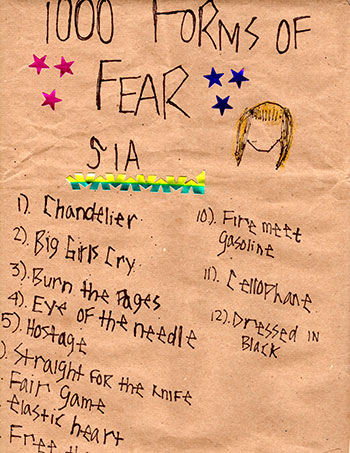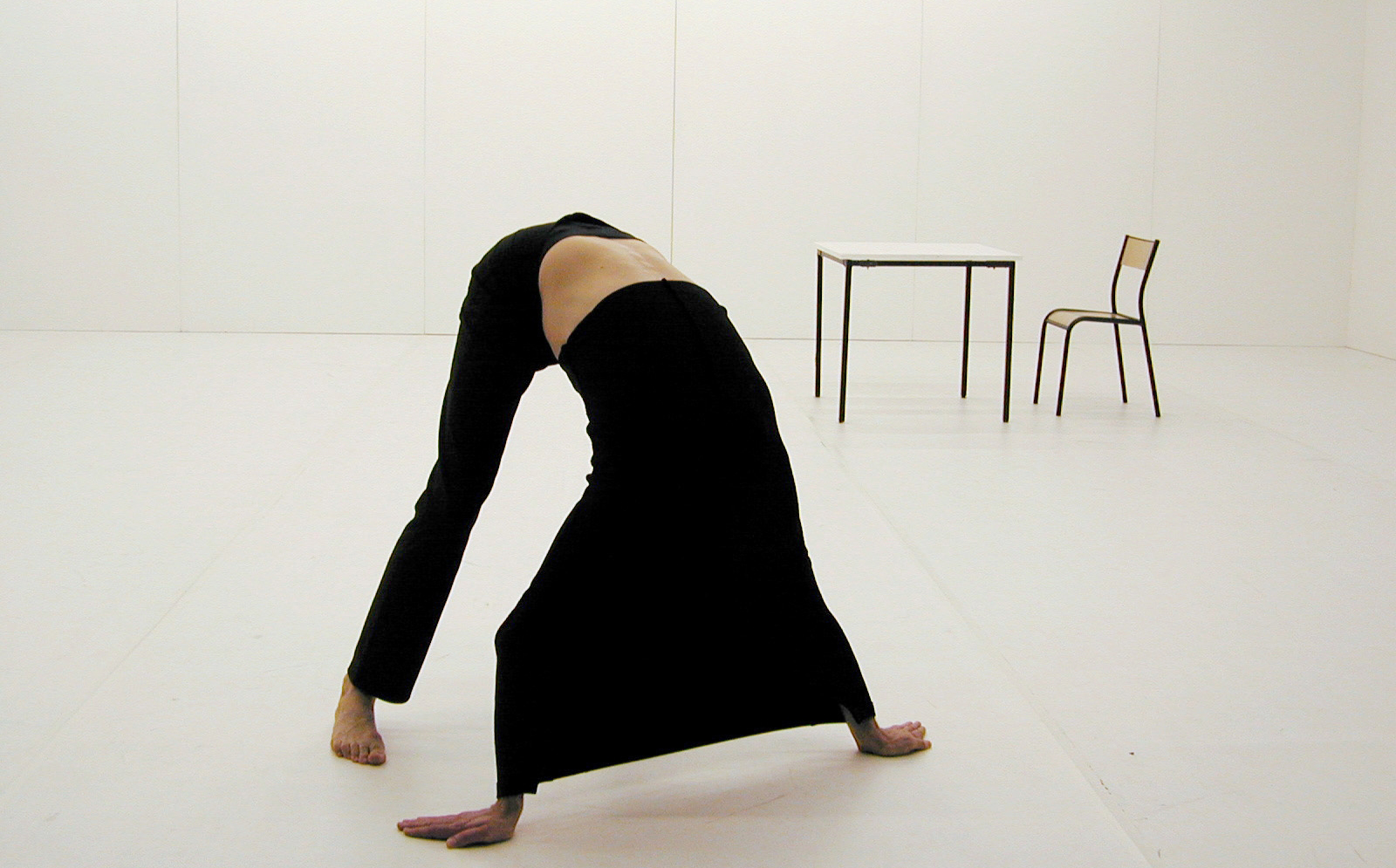
Sia Furler is the lyrical mastermind behind an endless stream of pop hits including Rihanna’s “Diamonds” and David Guetta’s “Titanium.” Her list of celebrity clientele is extensive, ranging from Beyonce to Lea Michele, but unlike her A-list collaborators, Sia prefers to avoid the spotlight entirely and focus solely on her work as a writer.
Recently, Sia released her first solo album in four years, 1000 Forms of Fear. While most pop stars seem to bask in the relentless schedule of talk-show gigs and magazine spreads that accompany the release of a record, Sia chose to forgo the media frenzy almost completely. She performs on live television with her back to the audience. Instead of focusing on herself, she draws the eye to elaborate colorful sets and troops of eager dancers donning wigs of her signature platinum blonde bob, while she stands in the corner and sings.
By drawing attention to other people, Sia also opens up a collaborative avenue between the dancers and set designers that would otherwise be overshadowed by the egocentric mentality of the pop star. Her live performance on Late Night with Seth Meyers allowed Lena Dunham to don her own blonde bob and dance to Chandelier while the music video itself allowed reality TV series Dance Mom’s wunderkind Maddie Ziegler to establish herself as something more than a reality TV star. In a world where the persona of the pop star often overshadows droves of people who make the illusion of pop superstardom possible, Sia’s inclusive approach to pop music is extremely refreshing. By removing herself from the performance, Sia demonstrates not only that the product and the person are separate entities, but that pop music itself is a collaborative effort.
It’s not as if Sia has completely dismissed the notion of promoting an album, rather she manipulates preconceived notions of what a pop star is supposed to be in order to better accommodate her anxieties. One of the unspoken tenets of pop music is the assumption that by presenting one’s work to the public, one inadvertently forfeits a significant portion of privacy. Thus, Sia’s decision to impose a barrier between herself as an artist and the product she creates dismantles the idea that in order to be successful in pop music one must sell themselves completely.
Literally turning one’s back to the prospect of public admiration is brave and contrary to what the title may suggest. 1000 Forms of Fear is an album about bravery. As a songwriter, Sia possesses a poignancy that doesn’t often thrive within the confines of the pop music industry. Her songs are deeply personal, multifaceted reckonings that force Sia to deal with her own addictive tendencies or destructive relationships. The fact that Sia now fully embraces the effervescent beats of the pop music industry only enhances the brevity of her lyrics.
Each track on 1000 Forms of Fear is lyrically and structurally nuanced. Hostage is reminiscent of Sia’s 2010 solo release We are Born with its punchy guitar-soaked chorus, whereas Chandelier is already asserting itself as a summer top 40 staple. In addition to displaying her pop prowess, Sia also flaunts her ability to croon on some of the album’s slower tracks. On her second single, Big Girls Cry, Sia’s voice unfurls brilliantly as she counters the assumption that adulthood requires emotional stoicism. While some tracks are brimming with classic pop beats, others like Fair Game are backed by a tentative string section and accompanying chimes reminiscent of a child’s music box.
In 12 tracks, 1000 Forms of Fear manages to tackle a variety of musical stylings while still flowing seamlessly from one song to the next. The album is knit together by Sia’s signature gravelly alto, which leaps through each chorus with a sense of triumph that her previous studio albums lacked. Sia’s fierce assertion that “I want it/ I want my life so bad” on Elastic Heart is a much needed rejection of Lana Del Rey’s apathetic declaration that she wants to die already.
1000 Forms of Fear serves as a refreshingly poignant antithesis to the “eat/sleep/party” tracks that populate summer charts. Sia is a musical force to be reckoned with. The best part is, she’ll continue to conquer the music industry on her own terms.








Rosie — Beautiful writing (I’m a writer too, so I’m picky!). I’m so proud of and happy for you. Keep it up. You’ll be a smash. Love from the Kellys (neighbors around the corner)